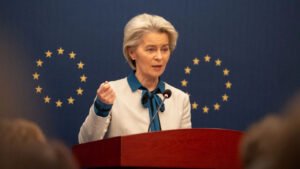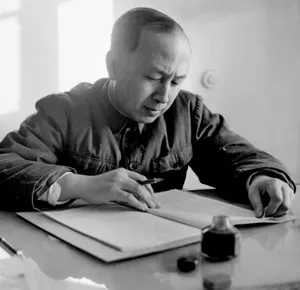
Today, China lands on the Moon, sends rovers to Mars, and builds its own space station. Behind all these achievements lies a name that left quiet but deep traces: Qian Xuesen (钱学森).
Trained in the United States and later returned to China, this genius engineer not only sparked a technological revolution, but also rewrote the destiny of a nation.
Who Was Qian Xuesen?
Qian Xuesen was born in 1911 in Hangzhou, China. He came from an educated, classically cultured family.
At a young age, he stood out for his academic excellence and went to the United States in 1935 on a scholarship.
He first earned a master’s degree at MIT, then pursued a doctorate at Caltech, where he studied under one of the founding fathers of aerodynamics, Theodore von Kármán.
In the 1930s and 40s, U.S. rocket science was still in its infancy. Qian rose rapidly in American defense projects with his work on jet propulsion, ballistic missile design, and hypersonic flight theory.
During and after World War II, he was involved in many top-secret Pentagon projects.
At the time, the U.S. Secretary of Defense described him as “as valuable as an entire rocket program.”

Accusations of Espionage
During the Cold War, anti-communist paranoia surged in the United States, and Qian became a target.
In the 1950s, he was investigated on suspicion of communist sympathies.
His passport was confiscated, he was removed from his positions, and placed under house arrest.
The U.S. government did not want his scientific knowledge transferred to China. However, due to diplomatic pressures and Qian’s persistent efforts, he was finally allowed to return to China in 1955.
This decision was seen by many in the U.S. defense community as a massive strategic loss.
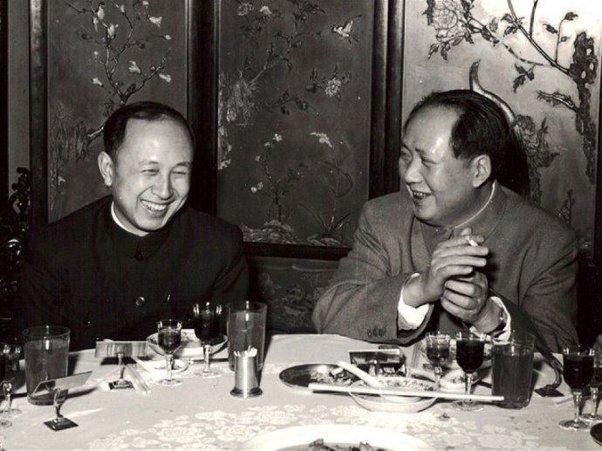
Building a Space Program
Upon returning to China, Qian immediately began building the country’s space and missile program.
At the time, China lacked expertise, infrastructure, and knowledge in this field.
Yet with just a handful of young engineers, Qian achieved the following milestones in rapid succession:
- 1958: China successfully tested its first ballistic missile.
- 1966: Long-range missiles were developed.
- 1970: China launched its first satellite, Dong Fang Hong 1, into space.
- During the same period, the Dong Feng (DF) series laid the foundation for nuclear-capable ballistic missiles.
Qian was not just an engineer—he was also an outstanding organizer, strategist, and educator.
Thanks to his leadership, China’s defense technology advanced from imitation to independent innovation within a few decades.
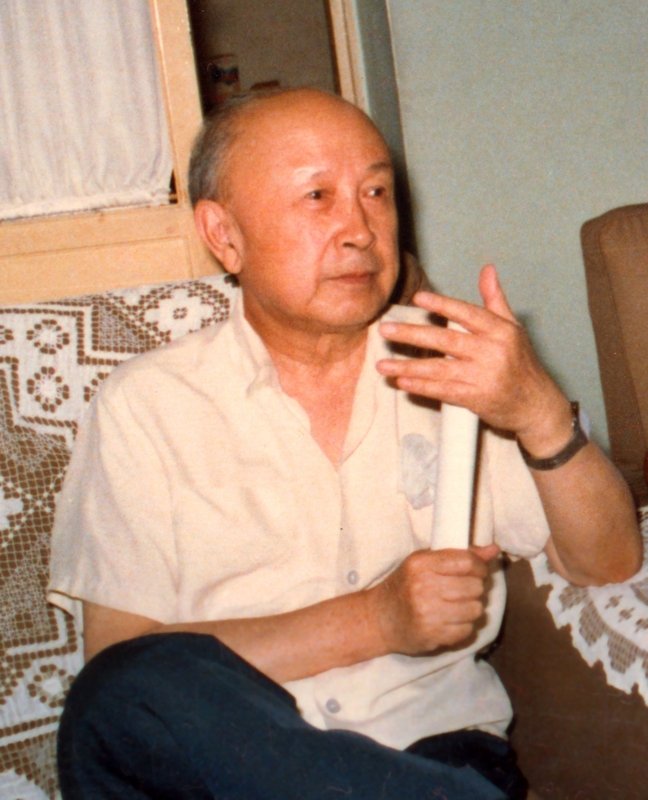
Does Science Have a Nationality?
Qian’s life vividly illustrates the fragile line between science and politics.
He was educated in the U.S., contributed to cutting-edge technology, but was pushed out of the system.
When he returned to China, he played a leading role in the nation’s scientific development.
Today, China’s lunar missions, Mars rovers, and the Beidou GPS system…
All of these are made possible by the infrastructure and vision Qian built.
He wasn’t just a scientist. He was the architect of transforming science into strategic power.
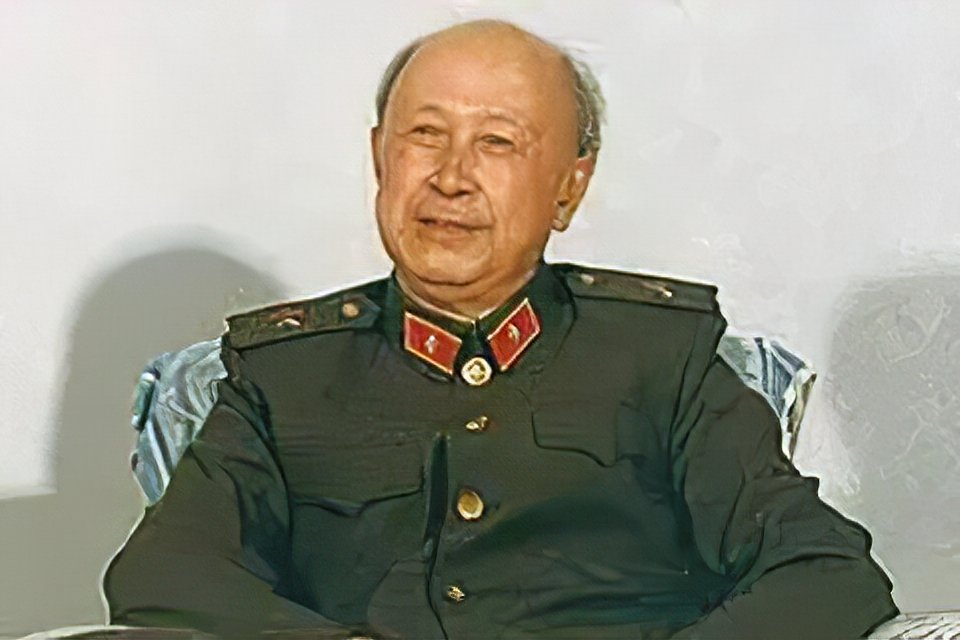
Qian Xuesen Museum
Qian Xuesen’s life and achievements are commemorated today through the Qian Xuesen Memorial Museum (钱学森图书馆) located in Shanghai.
- The museum opened in 2011, on the 100th anniversary of his birth.
- It is situated within the campus of Shanghai Jiao Tong University.
- Its design reflects both modern scientific spirit and traditional Chinese aesthetics.
Inside the museum, you can find:
- Qian’s personal notes, letters, and sketches
- Handwritten manuscripts on missile engineering
- Models and documents from the early stages of China’s space program
The museum also includes interactive displays, documentary screenings, and educational sections aimed at students.
It serves not just as a place of commemoration, but also as a center of scientific culture that inspires young people to pursue science and patriotism.
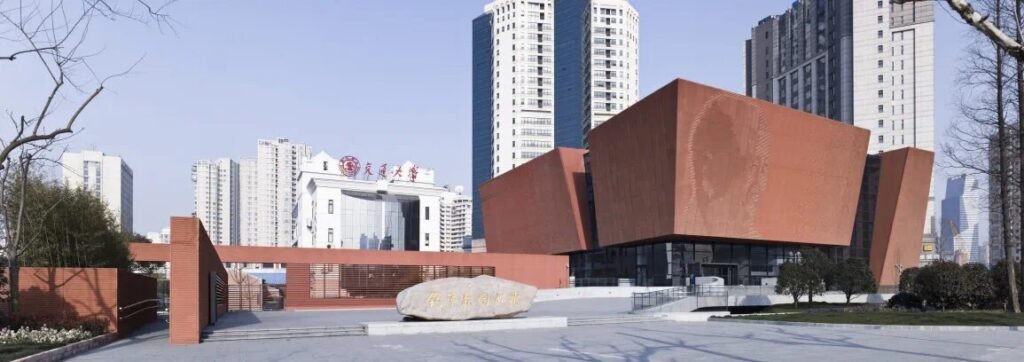
Qian Xuesen was a quiet but revolutionary figure.
He was neither a media icon nor a popular hero, but he was the mind that carried a nation into space.
The brilliance that the U.S. dismissed out of suspicion became the cornerstone of China’s rise in science.
If there is a Chinese space station orbiting Earth today, or a Chinese flag on Mars, the foundation of those achievements was laid by his wisdom, determination, and vision.
One individual can change the course of a country. Qian Xuesen is living proof of that.

Meta Description:
Qian Xuesen, the father of China’s space program, was once a top U.S. rocket scientist. Discover how his return to China reshaped global science, defense, and geopolitics.
Keywords:
Qian Xuesen, China space program, Chinese rocket scientist, Dong Fang Hong 1, Dong Feng missile, Qian Xuesen Museum, Chinese aerospace history, Chinese satellite launch, Cold War science, Chinese missile development, Caltech scientist China, Beidou system origins, Qian Xuesen legacy, Chinese space history, Qian Xuesen biography
Abroad Africa AI Beijing Belt & Road BLCU BRICS China chinese CPC CSC Culture Economy education EU Guizhou Kültür Langauge movie Multipolarity Russia scholarship science Shanghai Sino Sino Turkish Sino Turkish Sino Turkish Sino Turkish Sino Turkish Studies Sino Turkish Studies Sino Turkish Studies Sino Turkish Studies space Syria Taiwan Tariff trump Turkiye Türkiye University USA Xinjiang ZJUT Çin



